front-matter
Sliding Mode Control in Electro-Mechanical Systems, Second Edition
Contents
Preface to the Second Edition
Authors
Vadim Utkin, PhD, DSc
Jingxin Shi
Jürgen Guldner, PhD
ch01
Chapter 1: Introduction
1.1. Examples of Dynamic Systems with Sliding Modes
1.2. Sliding Modes in Relay and Variable Structure Systems
1.3. Multidimensional Sliding Modes
1.4. Outline of Sliding Mode Control Methodology
References
ch02
Chapter 2: Mathematical Background
2.1. Problem Statement
2.2. Regularization
2.3. Equivalent Control Method
2.4. Physical Meaning of Equivalent Control
2.5. Existence Conditions
References
ch03
Chapter 3: Design Concepts
3.1. Introductory Example
3.2. Decoupling
3.3. Regular Form
3.4. Invariance
3.5. Unit Control
3.6. Second-Order Sliding Mode Control
3.6.1. Preliminary Remarks
3.6.2. Twisting Algorithm
3.6.3. Super-Twisting Algorithm
References
ch04
Chapter 4: Sliding Mode Control of Pendulum Systems
4.1. Design Methodology
4.1.1. Case 4.1
4.1.2. Case 4.2
4.1.3. Case 4.3
4.1.4. Case 4.4
4.2. Cart Pendulum
4.3. Rotational Inverted Pendulum Model
4.4. Rotational Inverted Pendulum
4.4.1. Control of the Inverted Pendulum
4.4.2. Control of the Base Angle and Inverted Pendulum
4.5. Simulation and Experiment Results for Rotational Inverted Pendulum
4.5.1. Stabilization of the Inverted Pendulum
4.5.2. Stabilization of the Inverted Pendulum and the Base
References
ch05
Chapter 5: Control of Linear Systems
5.1. Eigenvalue Placement
5.2. Invariant Systems
5.3. Sliding Mode Dynamic Compensators
5.4. Ackermann’s Formula
5.4.1. Simulation Results
5.5. Output Feedback Sliding Mode Control
5.6. Control of Time-Varying Systems
References
ch06
Chapter 6: Sliding Mode Observers
6.1. Linear Asymptotic Observers
6.2. Observers for Linear Time-Invariant Systems
6.3. Observers for Linear Time-Varying Systems
6.3.1. Block-Observable Form
6.3.2. Observer Design
6.3.3. Simulation Results
6.3.4. Case 6.1: The System with Zero Disturbances
6.3.5. Case 6.2: The System with Disturbances
6.4. Observer for Linear Systems with Binary Output
6.4.1. Observer Design
References
ch07
Chapter 7: Integral Sliding Mode
7.1. Motivation
7.2. Problem Statement
7.3. Design Principles
7.4. Perturbation and Uncertainty Estimation
7.5. Examples
7.5.1. Linear Time-Invariant Systems
7.5.2. Control of Robot Manipulators
7.5.3. Pulse-Width Modulation for Electric Drives
7.5.4. Robust Current Control for Permanent-Magnet Synchronous Motors
7.6. Summary
References
ch08
Chapter 8: The Chattering Problem
8.1. Problem Analysis
8.1.1. Example System: Model
8.1.2. Example System: Ideal Sliding Mode
8.1.3. Example System: Causes of Chattering
8.1.4. Describing Function Method for Chattering Analysis
8.2. Boundary Layer Solution
8.3. Observer-Based Solution
8.4. Regular Form Solution
8.5. Disturbance Rejection Solution
8.6. State-Dependent Gain Method
8.7. Equivalent Control-Dependent Gain Method
8.8. Multiphase Chattering Suppression
8.8.1. Problem Statement
8.8.2. Design Principle
8.9. Comparing the Different Solutions
References
ch09
Chapter 9: Discrete-Time and Delay Systems
9.1. Introduction to Discrete-Time Systems
9.2. Discrete-Time Sliding Mode Concept
9.3. Linear Discrete-Time Systems with Known Parameters
9.4. Linear Discrete-Time Systems with Unknown Parameters
9.5. Introduction to Systems with Delays and Distributed Systems
9.6. Linear Systems with Delays
9.7. Distributed Systems
9.8. Summary
References
ch10
Chapter 10: Electric Drives
10.1. DC Motors
10.1.1. Introduction
10.1.2. Model of the DC Motor
10.1.3. Current Control
10.1.4. Speed Control
10.1.5. Integrated Structure for Speed Control
10.1.6. Observer Design
10.1.7. Speed Control with Reduced-Order Model
10.1.8. Observer Design for Sensorless Control
10.1.8.1. Estimation of the Shaft Speed
10.1.8.2. Estimation of Load Torque
10.1.9. Discussion
10.2. Permanent-Magnet Synchronous Motors
10.2.1. Introduction
10.2.2. Modeling of Permanent-Magnet Synchronous Motors
10.2.3. Sliding Mode Current Control
10.2.3.1. First Method for Current Control
10.2.3.2. Second Method for Current Control
10.2.4. Speed Control
10.2.5. Current Observer
10.2.6. Observer for Speed Sensorless Control
10.2.6.1. Current Observer for EMF Components
10.2.6.2. Observer for EMF Components
10.2.7. Discussion
10.3. Induction Motors
10.3.1. Introduction
10.3.2. Model of the Induction Motor
10.3.3. Rotor Flux Observer with Known Rotor Speed
10.3.3.1. Online Simulation of Rotor Flux Model
10.3.3.2. Sliding Mode Observer with Adjustable Rate of Convergence
10.3.4. Simultaneous Observation of Rotor Flux and Rotor Speed
10.3.4.1. Analysis of Current Tracking
10.3.4.2. Composite Observer-Controller Analysis
Assumption
10.3.4.3. Simulation Results
10.3.4.4. Experimental Results
10.3.5. Speed, Rotor Time Constant Observer, and Experimental Results
10.3.6 Direct Torque and Flux Control
10.3.6.1. Supplement: Cascaded Torque and Flux Control Via Phase Currents
10.4. Summary
References
ch11
Chapter 11: Power Converters
11.1. DC/DC Converters
11.1.1. Bilinear Systems
11.1.2. Direct Sliding Mode Control
11.1.2.1. Buck-Type DC/DC Converter
11.1.2.2. Boost-Type DC/DC Converter
11.1.3. Observer-Based Control
11.1.3.1. Observer-Based Control of Buck Converters
11.1.3.2. Observer-Based Control of Boost Converters
11.1.4. Multiphase Converters
11.2. Boost-Type AC/DC Converters
11.2.1. Model of the Boost-Type AC/DC Converter
11.2.1.1. Model in Phase Coordinate Frame
11.2.1.2. Model in (d, q) Coordinate Frame
11.2.2. Control Problems
11.2.2.1. Sliding Mode Current Control
11.2.2.2. Output Voltage Regulation
11.2.2.3. Simulation Results
11.2.3. Observer for Sensorless Control
11.2.3.1. Current Observer for Source Phase Voltage
11.2.3.2. Observer for Source Voltage
11.2.3.3. Known Supply Frequency
11.2.3.4. Unknown Supply Frequency
11.2.3.5. Simulation Results
11.3. DC/AC Converter
11.3.1. Dynamic Model
11.3.2. Control Design: Sliding Mode PWM
11.3.2.1. Lyapunov Approach
11.3.2.2. Decoupling Approach
11.3.2.3. Possible Applications of vn Control
11.3.2.4. Simulation Results
11.3.2.5. Experimental Results
11.4. Summary
References
ch12
Chapter 12: Advanced Robotics
12.1. Dynamic Modeling
12.1.1. Generic Inertial Dynamics
12.1.2. Holonomic Robot Model
12.1.2.1. Mass Matrix
12.1.2.2. Skew Symmetry
12.1.2.3. Boundedness of Dynamic Terms
12.1.3. Nonholonomic Robots: Model of Wheel-Set
12.2. Trajectory Tracking Control
12.2.1. Componentwise Control
12.2.2. Vector Control
12.2.3. Continuous Feedback/Feedforward Control with Additional Discontinuity Term for Sliding Mode
12.2.4. Discussion of Sliding Mode Control Design Choices
12.3. Gradient Tracking Control
12.3.1. Control Objectives
12.3.2. Gradient Tracking Control Design for Holonomic Robots
12.3.3. Gradient Tracking Control Design for Nonholonomic Robots
12.4. Application Examples
12.4.1. Torque Control for Flexible Robot Joints
12.4.2. Collision Avoidance for Mobile Robots in a Known Planar Workspace
12.4.3. Collision Avoidance in Higher-Dimensional Known Workspaces
12.4.4. Automatic Steering Control for Passenger Cars
References
ch13
Chapter 13: Automotive Applications
13.1. Air/Fuel Ratio Control
13.2. Camless Combustion Engine
13.3. Observer for Automotive Alternator
References
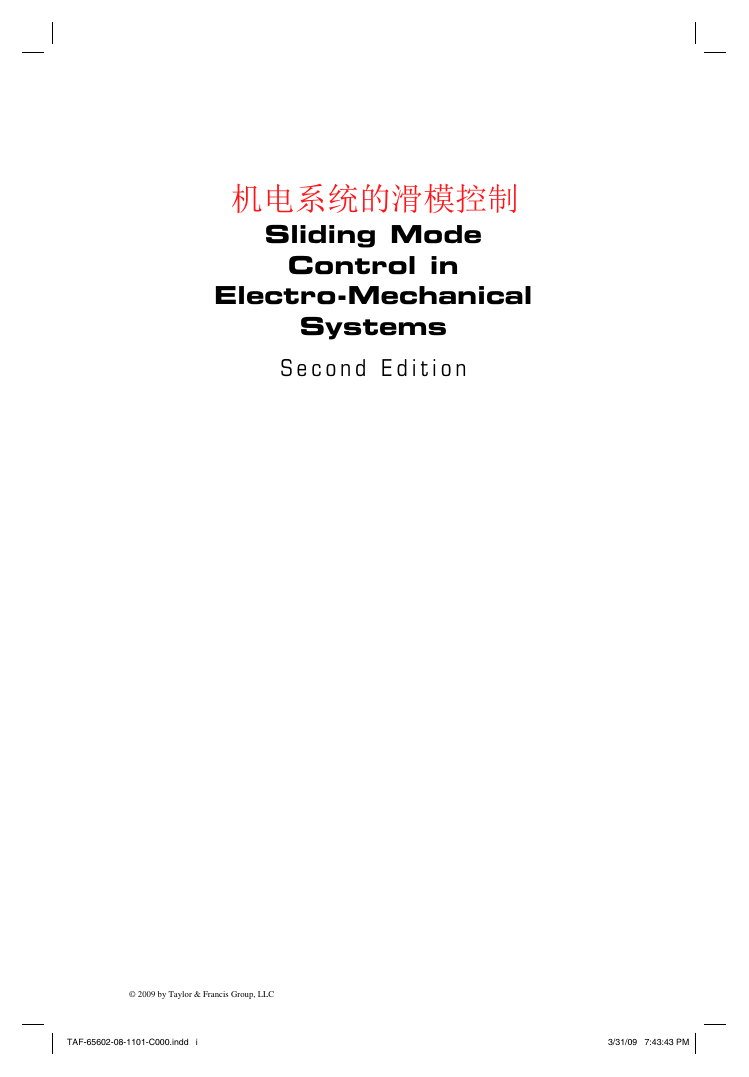
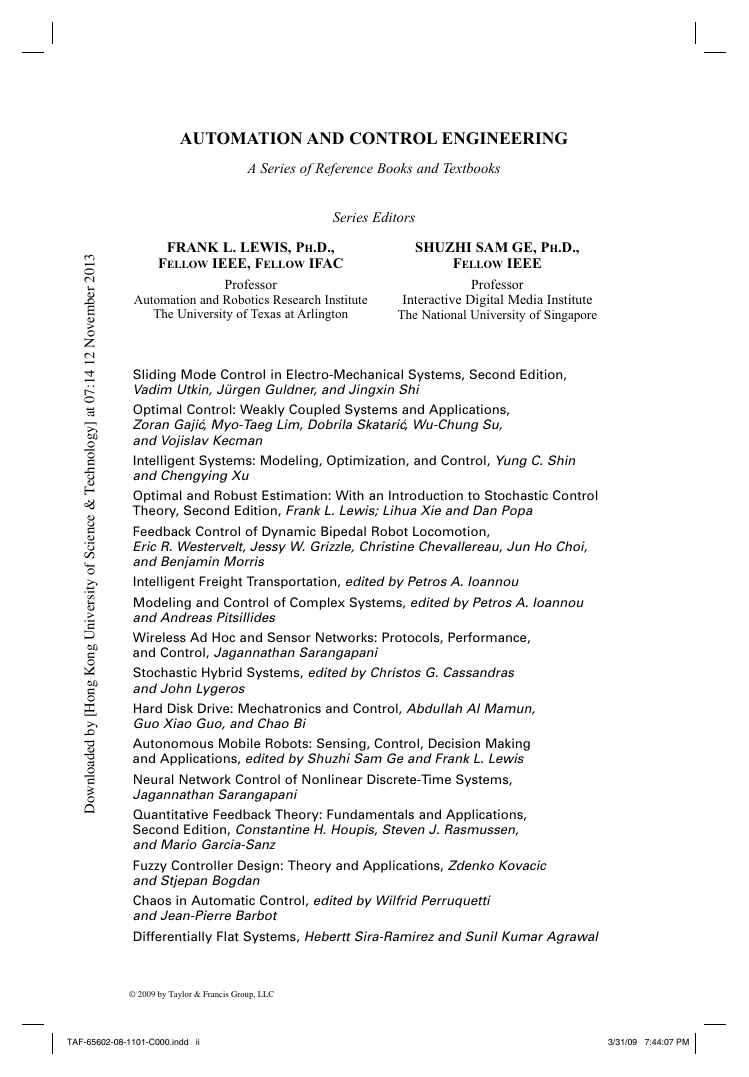
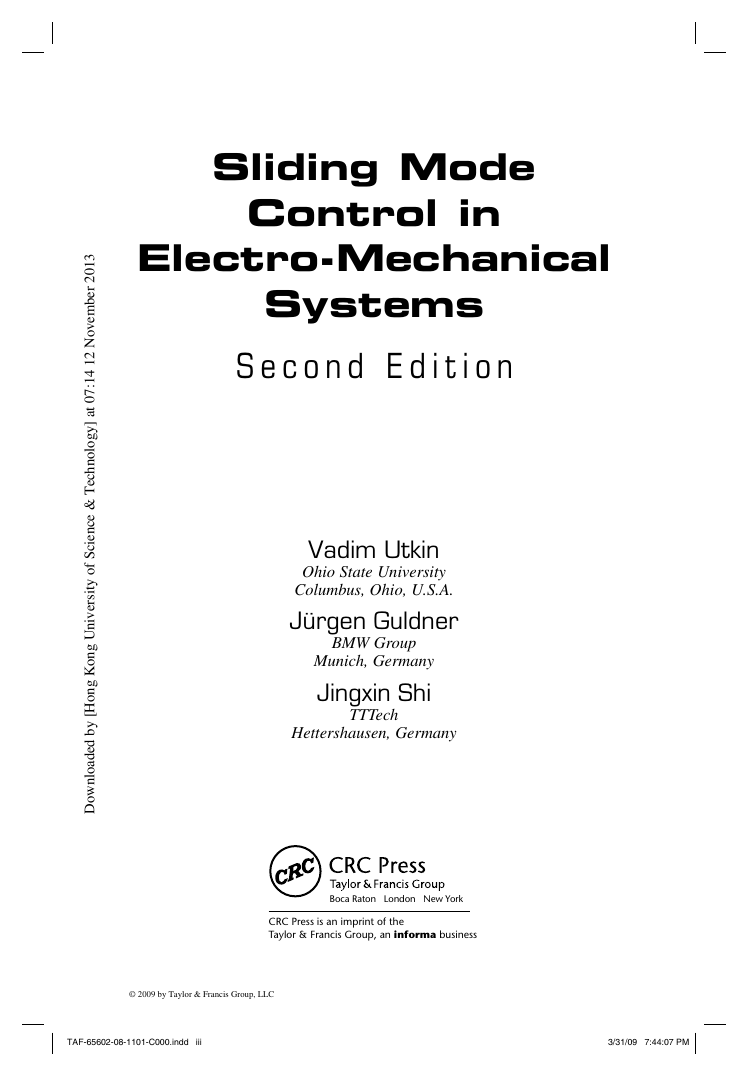
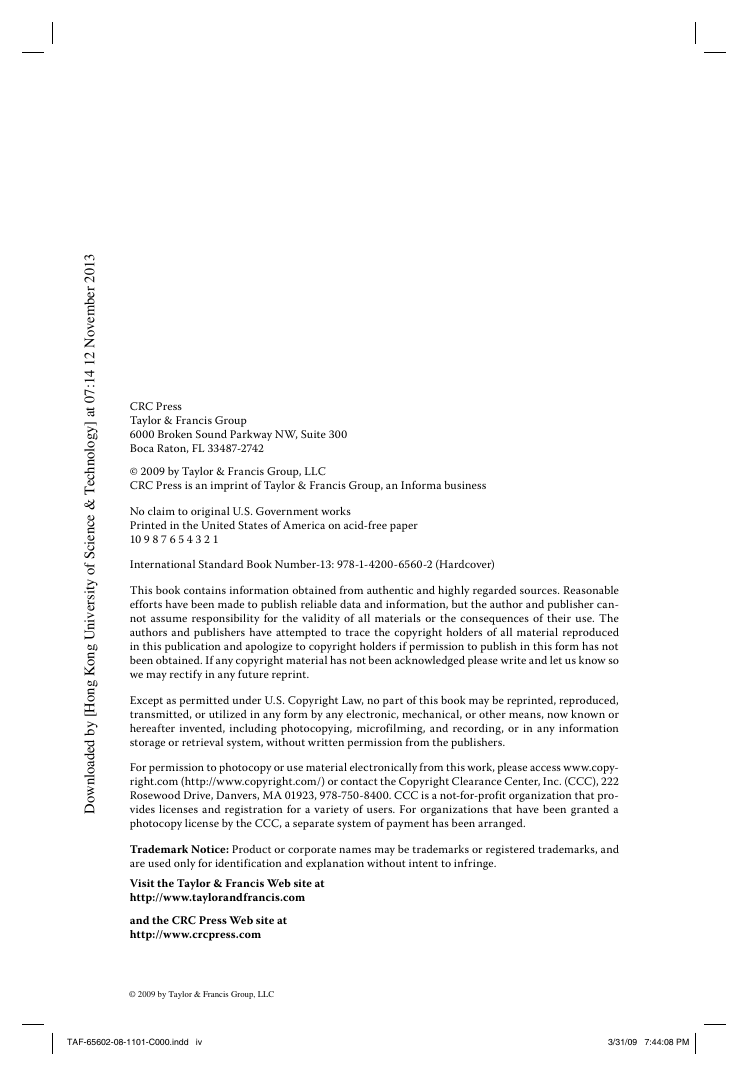
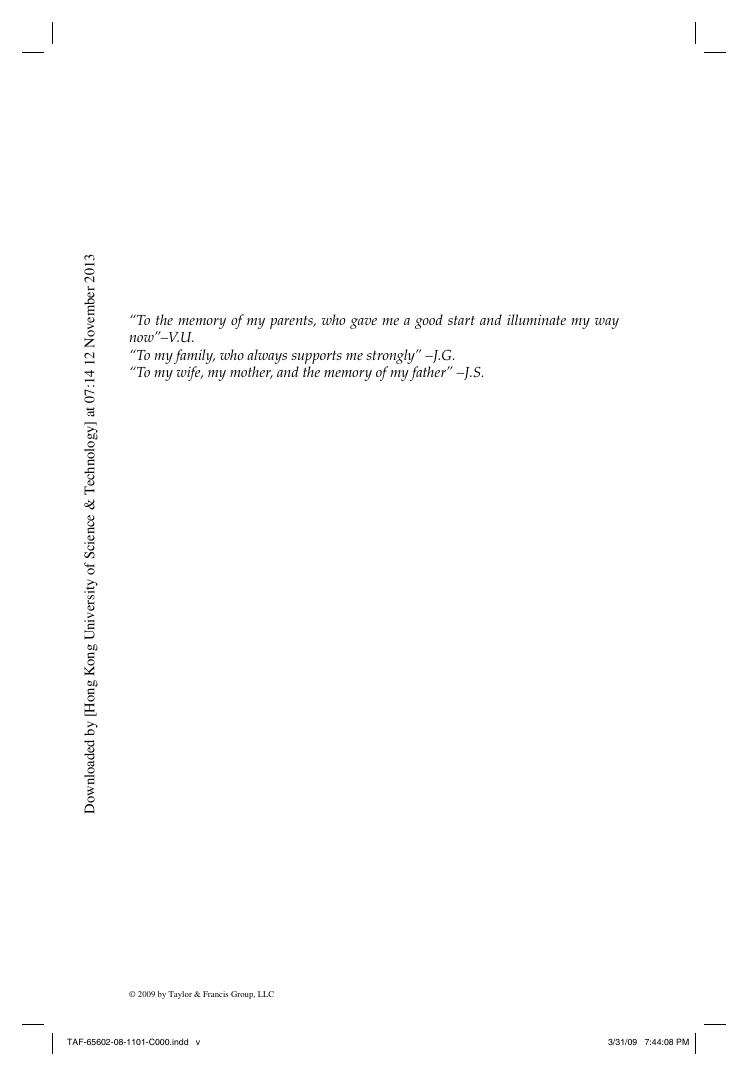
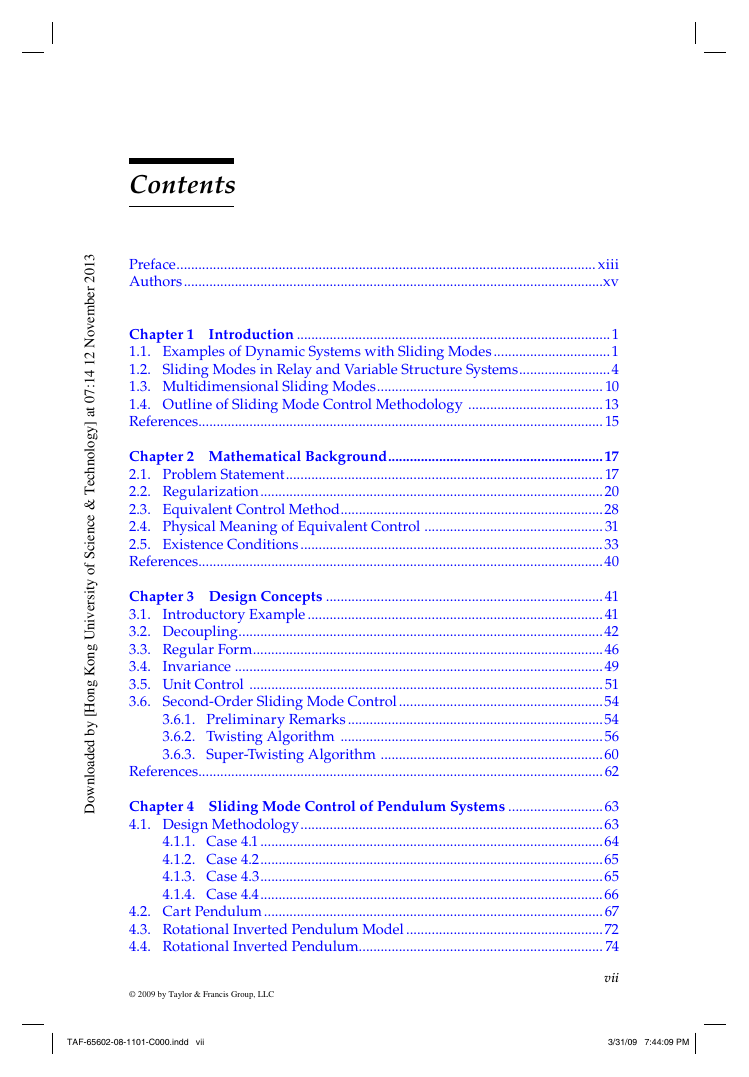
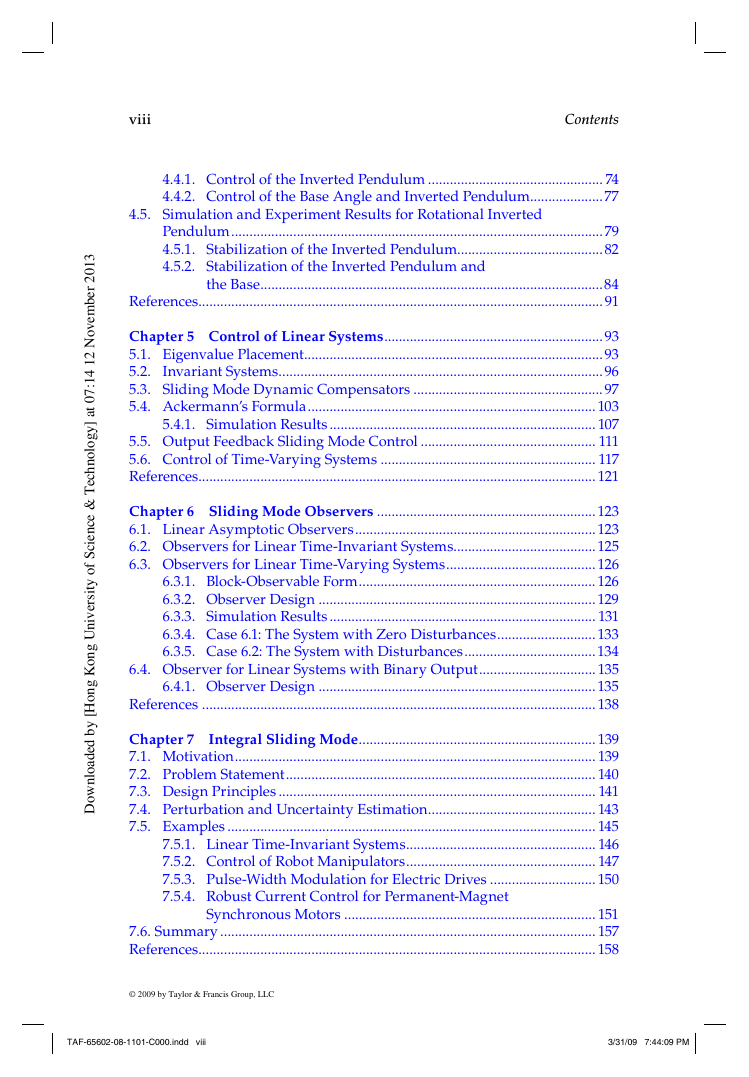









 2023年江西萍乡中考道德与法治真题及答案.doc
2023年江西萍乡中考道德与法治真题及答案.doc 2012年重庆南川中考生物真题及答案.doc
2012年重庆南川中考生物真题及答案.doc 2013年江西师范大学地理学综合及文艺理论基础考研真题.doc
2013年江西师范大学地理学综合及文艺理论基础考研真题.doc 2020年四川甘孜小升初语文真题及答案I卷.doc
2020年四川甘孜小升初语文真题及答案I卷.doc 2020年注册岩土工程师专业基础考试真题及答案.doc
2020年注册岩土工程师专业基础考试真题及答案.doc 2023-2024学年福建省厦门市九年级上学期数学月考试题及答案.doc
2023-2024学年福建省厦门市九年级上学期数学月考试题及答案.doc 2021-2022学年辽宁省沈阳市大东区九年级上学期语文期末试题及答案.doc
2021-2022学年辽宁省沈阳市大东区九年级上学期语文期末试题及答案.doc 2022-2023学年北京东城区初三第一学期物理期末试卷及答案.doc
2022-2023学年北京东城区初三第一学期物理期末试卷及答案.doc 2018上半年江西教师资格初中地理学科知识与教学能力真题及答案.doc
2018上半年江西教师资格初中地理学科知识与教学能力真题及答案.doc 2012年河北国家公务员申论考试真题及答案-省级.doc
2012年河北国家公务员申论考试真题及答案-省级.doc 2020-2021学年江苏省扬州市江都区邵樊片九年级上学期数学第一次质量检测试题及答案.doc
2020-2021学年江苏省扬州市江都区邵樊片九年级上学期数学第一次质量检测试题及答案.doc 2022下半年黑龙江教师资格证中学综合素质真题及答案.doc
2022下半年黑龙江教师资格证中学综合素质真题及答案.doc